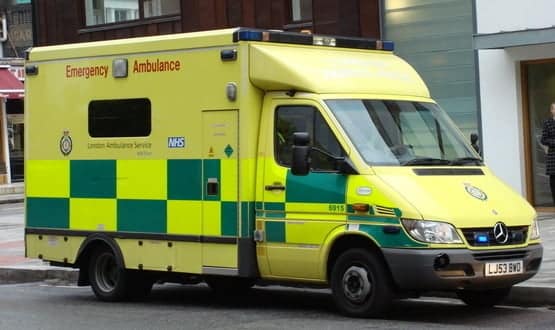Growing patient demand likely contributed to a five-hour IT outage at London Ambulance Service on the busiest day of the year, a report suggests.
London Ambulance Service NHS Trust’s computer aided dispatch (CAD) system crashed at 12.14am on New Year’s Day, forcing staff to log 999 and 111 calls by hand.
The outage, which was classified as serious incident, has sparked a raft of technology and clinical reviews. Among them, is an investigation into the death of a patient during the outage.
On Tuesday, the trust’s board was presented with update on the investigation, which stated that “exact causes” were yet to be determined.
“The Trust is working closely with the CAD supplier to identify actions and to ensure the outage is not repeated.”
However, another board meeting paper shows the trust has added the continued possibility of a CAD system crashing to its risk register.
The paper said the risk was due to CAD being forced to deal with “continued levels of activity above the contract baseline”. It was classified as “possible” with the consequence considered “catastrophic”.
Like other services around the country, London Ambulance is dealing with unprecedented rise in call-outs.
A National Audit Office report release last week showed that since 2010, call-outs have risen on average by 5.2% a year, reaching more than 10 million in 2015/16.
While ambulance funding had increased it had not kept pace with demand, the office said.
Even before the New Year’s outage, the trust had been planning to improve the “stability, security and integration” of the CAD system over the next three years as part of a wider “IM&T roadmap”.
The board papers acknowledged the plans might be altered after the outage.
In the past year, they have been at least two simalar outages .
However, the board papers show NY outage was more serious, involving the core CommandPoint, CAD system rather than “ancillary systems”.
This meant both the 999 call logging system in the control rooms and the mobile data terminals maps used by frontline staff, were offline.
The trust has a history of IT outages stretching back decades.
In 1992, the trust’s newly deployed computer aided dispatch software crashed, reportedly leading to delays of up to 11 hours and were linked to 30 deaths.
Since then, it has suffered periodic problems. In 2006, the system crashed nine times in two weeks after a software upgrade.
On Christmas Day in 2013, the trust call management system went down for five hours, forcing them to record emergency calls on paper.
The trust spokeswoman referred Digital Health New to a statement from 6 January on its website. The trust had had nothing further to add, she said.

